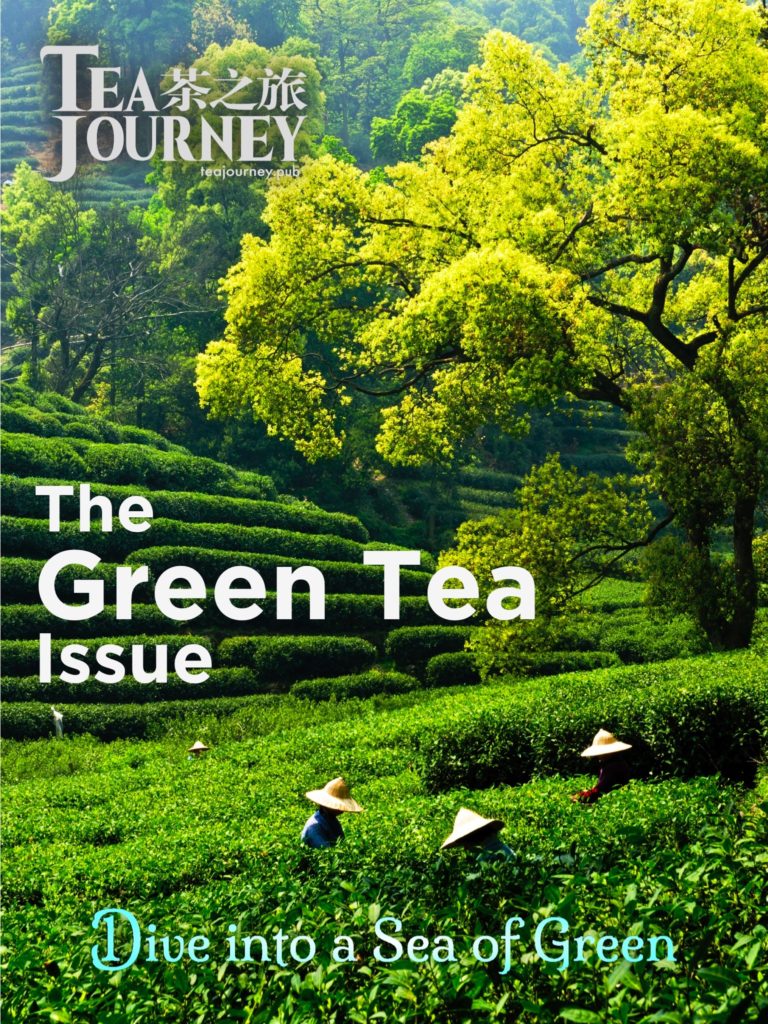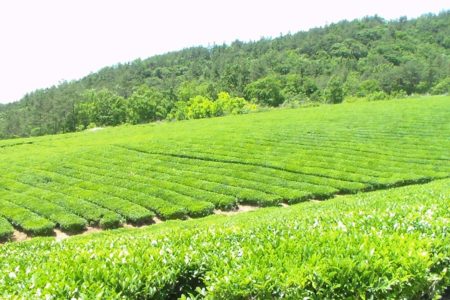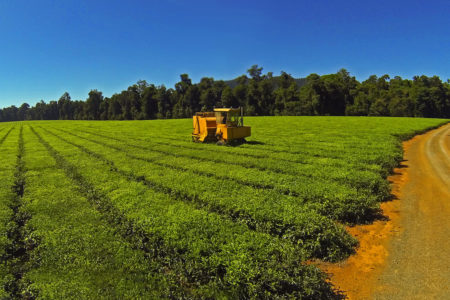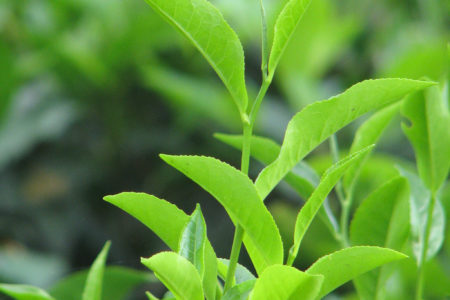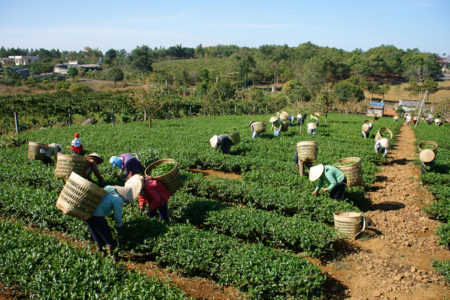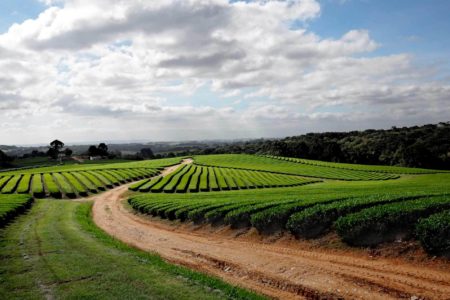More In This Issue
Review: Teasy
Fine teas reveal their elegance in layers. Rock oolongs, for example, respond to short, controlled steeps in small volumes of water. Teasy offers that level of control with greater convenience and a larger volume than a gaiwan.
Welcome to the Green Tea Issue [250 pages]
Green makes us go. It is the color of currency and commerce. It is bright and brings us luck in a shamrock or a sense of calm sailing a vast sea.
“In Asia, the color green represents positivity, and happiness—all appropriate adjectives to describe the current state of the global green tea market,” writes Sam Molineaux in World Tea News. Read more...
Harvest Review: South Korea Ujeon-Sejak (Early Season)
Many tea connoisseurs wait for this first harvest each year, which is usually only available in very small quantities, and will most likely be gone within the first few months or even weeks of its harvest.
Harvest Review: Australia
There is a clear emerging trend in the Australian market away from mainstream black tea to more specialist offerings. Australians’ choices show more discerning palates and product knowledge. This is being driven by marketing and training. Black tea consumption fell overall in the past 12 months, while specialty black teas sales grew by 4%.
Tea Nuances: Exploring the World of Green Tea Blends
We all know that green tea is healthy. However, most of us have only unearthed a fraction of the green teas produced around the world. If we were to drink a different green tea variety every day for the next five years, we would not even come close to tasting all of the green teas produced by China, let alone the other tea producing regions around the world.
Harvest Review: Vietnam
Vietnam in 2017 ranked as the world’s seventh-largest producer of tea and fifth in exports. It has 124,000 hectares under production in around half its provinces, including the subtropical North and tropical South. This is roughly the same as Indonesia and three times the tea-growing acreage in Japan. Exports in the first nine months of 2017 were 130,000 metric tons, on an annualized basis. Volumes increased by 12 percent with value growth 11.2 percent.
Tea in Brazil: Back to the Future
Just as tea is emblematic of England and core to its history, coffee and Brazil go together as almost one word. And just as Britain is becoming a dynamic and vibrant coffee market, demand for tea is expanding in this nation of 200 million, whose borders touch every South American country except Chile and Ecuador. Tea drinking in Brazil is growing at twice the world average rate.
